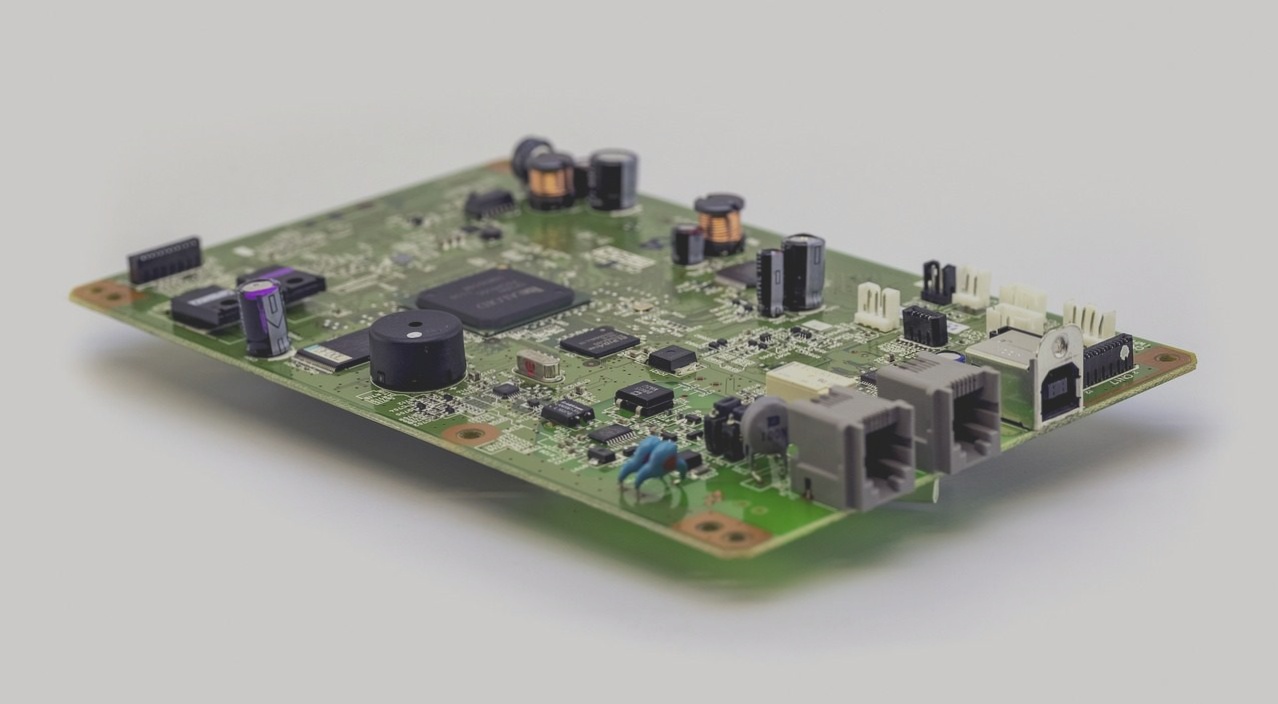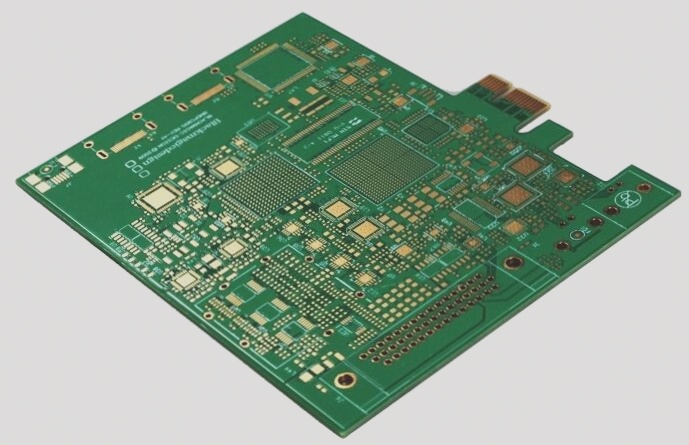Common Challenges in Pure Tin Plating for PCB Circuit Boards
When it comes to producing PCB circuit boards, many manufacturers opt for wet film imaging technology due to cost considerations. However, this choice can result in issues like “seepage” and “bright edges” during the electroplating process with pure tin. In this article, we will explore solutions to these common challenges associated with pure tin plating.
Electroplating Processes for Circuit Boards
The electroplating processes for PCB circuit boards can be broadly categorized into acid bright copper electroplating, nickel/gold electroplating, and tin electroplating. Understanding the technology and workflow of the electroplating process is crucial for successful PCB fabrication.
Professional Services Offered by Shenzhen Honglijie
- PCBA
- PCB copying
- PCB design
- SMT chip processing
- OEM and ODM materials
Analysis of “Seepage” in Wet Film Boards
One common quality issue with non-pure tin solutions is the occurrence of “seepage” in wet film boards. Here are some causes and proposed improvements:
- The copper surface must be thoroughly cleaned before silk screening to ensure optimal adhesion.
- Inadequate exposure energy for the wet film can result in poor resistance to pure tin electroplating.
- Unreasonable pre-bake parameters can lead to incomplete curing of the wet film.

Issues related to wet film quality, production, and storage environment can all impact the resistance to electroplating with pure tin. Proper cleaning and handling of boards are essential to prevent seepage and other quality issues.
Causes of “Seepage” Related to Potion Issues
The occurrence of “dipping” due to potion issues is primarily linked to the formulation of the pure tin brightener. Excessive brightener or high current levels can lead to “dialysis” and compromise the wet film. PCB design and solution parameter control are crucial for preventing “seepage” during pure tin plating.
The Importance of Managing Pure Tin Brighteners During Plating
When working with pure tin brighteners in the plating process, it is crucial to exercise caution to prevent seepage in the wet film. Here are three key points to consider for successful wet film plating:
- Gradually add pure tin brightener in small amounts and closely monitor its levels in the plating solution, keeping it towards the lower limit.
- Maintain the current density within the recommended range to ensure optimal results.
- Control the composition of the syrup, particularly the concentrations of stannous sulfate and sulfuric acid, keeping them at the lower limit to help prevent dialysis.
New Insights:
Recent studies have shown that the use of advanced monitoring systems can significantly improve the management of pure tin brighteners during plating. These systems provide real-time data on brightener levels, allowing for precise control and minimizing the risk of seepage in the wet film.




